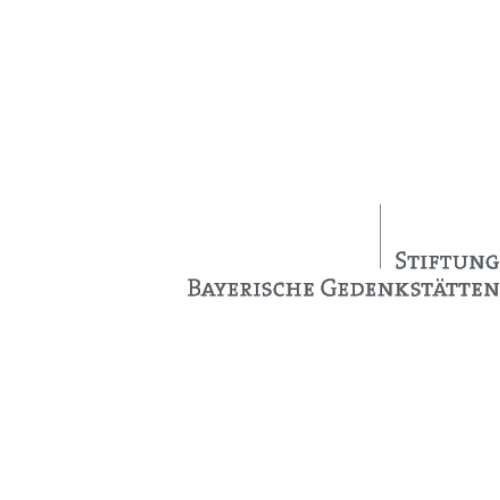During the Second World War (1939–1945), the Nazi regime in the occupied countries of Europe deported millions of people to Germany for forced labor. Thousands of men and women were also employed in the districts of Altoetting and Muehldorf, mainly in agriculture and in the armaments’ factories in Gendorf, Kraiburg and Aschau. The work in the factories was very strenuous and dangerous for the mostly young people, especially for women, while the accommodation and food were inadequate. Until 1942, pregnant women were allowed to give birth to their children at home.
Due to the labor shortage, Reichsfuehrer SS Heinrich Himmler decreed in 1943 that women were not allowed to leave their workplaces during pregnancies. For this reason, temporary maternity wards were set up in the forced labor camps at the plants in Gendorf and Kraiburg from August 1943. These were housed in wooden barracks that did not meet the minimum standards of equipment that were common at the time. This meant that there was a lack of medical and sanitary equipment and facilities. The rooms were not heated. The mothers had to return to work after just a few days. They were unable to look after their newborns themselves.
So-called “foreign children’s foster homes”
From the summer of 1944, a so-called “foreign children’s nursing home” was set up in a hut at the Gendorf plant, where the births of forced laborers from both districts were now also carried out. The children in this home usually only survived for a few days or weeks due to a lack of food, care and warmth. In Gendorf alone, 160 children (74 children from Poland, 48 from Ukraine, 18 from Russia and 20 from other nations) had died by the end of the war at the beginning of May 1945. 200 births were recorded in the birth register of the Burgkirchen an der Alz registry office.
There is a memorial at the parish cemetery in Burgkirchen on Alz, where 152 children were buried. Near the site of the children’s home barracks in Gendorf, an information board and a memorial stone have commemorated the fate of the children since 2019. After the children’s home was closed on May 2, 1945, some of the children died as a result of the poor treatment and were buried in various cemeteries in the area. The exact number is not known. Neither the interrogations by the American military government in 1945/1946 nor later investigations by the Bavarian State Office of Criminal Investigation in 1961 were able to clarify the school issue. Those responsible were not found legally guilty, but only morally complicit.
Further reading can be found on the German version of this website.



